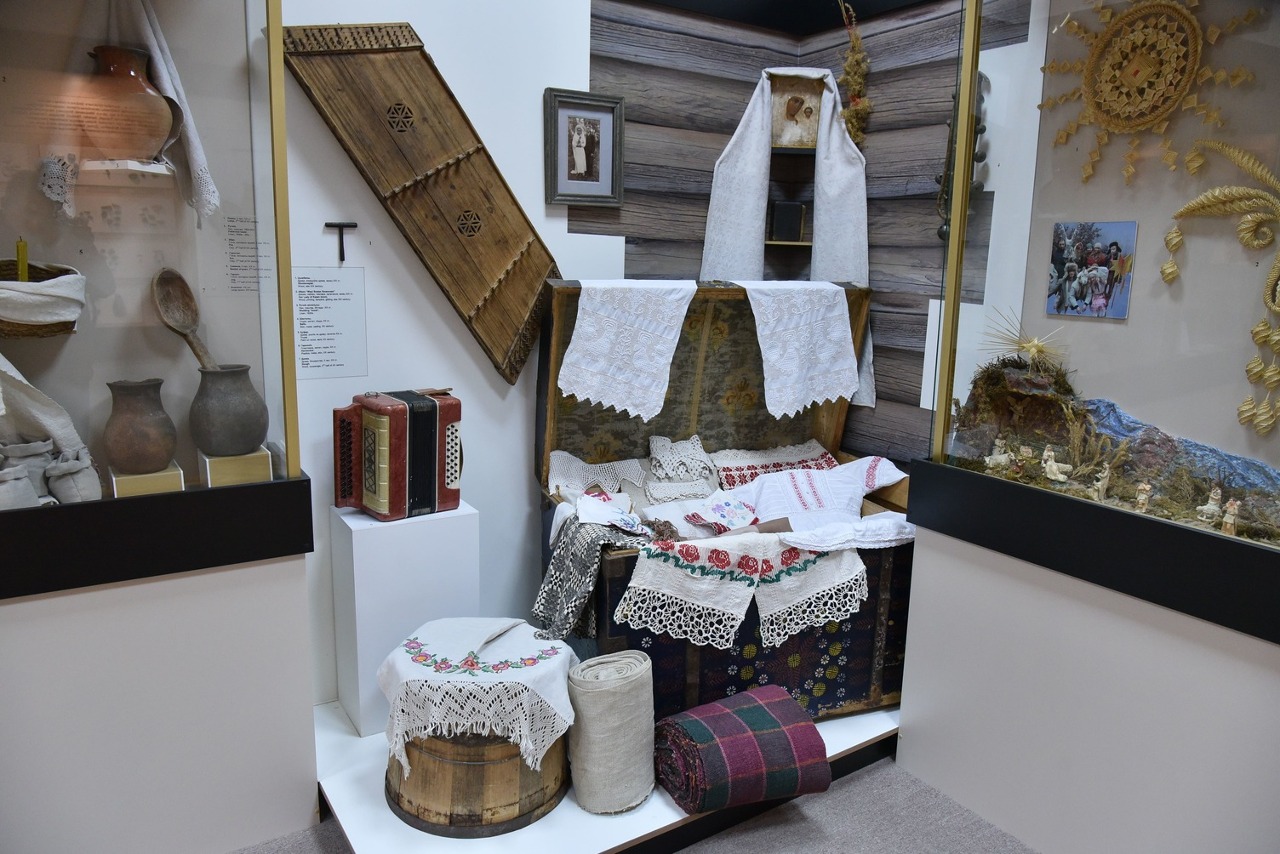For centuries, Orthodox and Catholics, Jews and Muslims coexisted peacefully here. Local traditions closely intertwine the characteristics of different people and religions. Therefore, this settlement is also called the town of four religions. Do you know where this place is situated?
Today we will talk about Ivye and its famous Museum of National Cultures. The institution has been welcoming visitors since 2009. The exhibition “Under a Single Sky Through Centuries” introduces the heritage of Belarusians, Jews, Tatars and emphasizes the importance of interethnic mutual respect and harmony. If you are interested in museums which are situated in Grodno region, you should visit this place.
During the work, we managed to gather a rich collection, which includes more than 5 thousand things of Christian, Muslim and Jewish cultures. These include household items and clothing, musical instruments, works of art, documents and photographs. The collection of religious objects is considered especially valuable. It includes a Hanukkah candlestick, fragments of a Torah scroll, and various ritual attributes.
The hall “From the history of the indigenous population of Ivye land” reveals various periods of development of the region and reflects the riches of Belarusian folk culture and aspects of the religious life of Orthodox and Catholics. A 12th-century cross with particles of relics, an 18th-century batleyka and other rarities are of particular interest. If you are going to make a list of the most interesting museums to visit, the museum in Ivye should be the first candidate.
Ivye is home to a large Tatar community. It originated in the 15th century. To this day, the town has preserved a mosque built in 1882 at the expense of Countess Zamoyskaya. This is a monument of wooden architecture with modernist features. It is noteworthy that this is the only mosque in Belarus that has never been closed throughout the history.
One of the sections of the local museum tells about the history of the appearance of the Tatars on Belarusian lands, their culture and way of life. There are religious objects, handmade umlauts, a spire from the minaret of the mosque and other valuable artifacts.
A separate hall is dedicated to the history and culture of Belarusian Jews. Particular attention is paid to the Holocaust: this tragedy also affected the residents of Ivye. About four thousand Jews from this and nearby small towns became prisoners of the ghetto. The Nazis used them as free labor, and a significant number of civilians were killed. An underground organization arose among the survivors - and some prisoners were able to establish contact with the partisans, and later leave the ghetto and join the people's avengers.
At Ivye Museum of National Cultures, tourists can not only order classical excursions, but also join educational walks around the town with elements of theatrical performance. History buffs are offered to taste national dishes, to learn traditional dances and to meet historical figures such as Grand Duke Vitovt. It is believed that during his ruling Tatars officially settled on Belarusian lands. Guests will also appreciate master classes on making souvenirs and quests. Children will enjoy battle performances and traditional Belarusian games in the fresh air.



